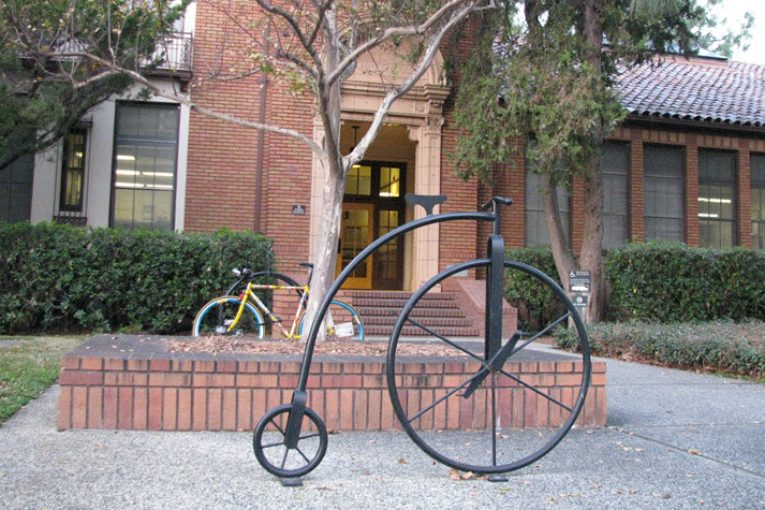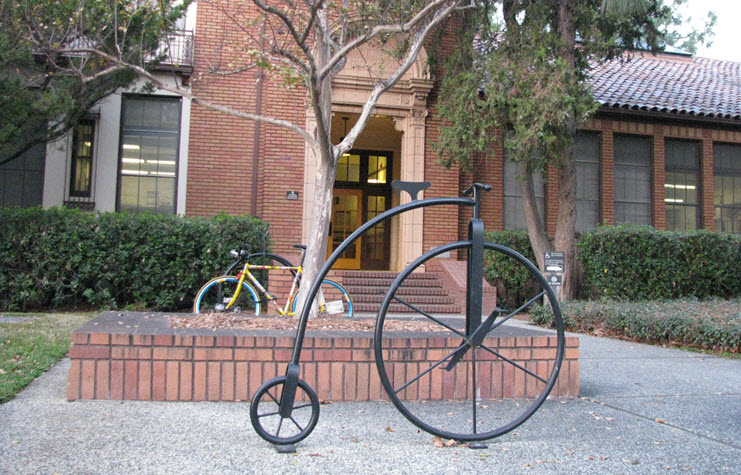

By David M. Greenwald
Davis, CA – There are times when the call for proper process is really a stalling tactic—they want to avoid calling the question and hope to paralyze the process by having more bodies analyze it. At some point it is true, you simply have to call the question.
Unfortunately there are other times, when the critics are correct—there just has been no real community input. We can point to the example of the BrightNight contract, which really did need community and commission buy-in. We can also point to the recent noise ordinance changes.
This one was particularly irksome because it was put on the agenda over a three-day weekend and had no community input, limited time for the community to even be able to talk to staff—the agenda went out on Friday after 5 pm and City Hall would not open until Tuesday, and it had no commission analysis.
The city did the right thing by pulling it before the council made a decision. Criticism there is completely warranted.
On the other hand, the issue of policing has been heavily discussed. In this case, a commenter noted: “The Vanguard just ran two articles about a new Davis noise ordinance where it was expressed that the council should not be making that decision without more community input and commissions. So much for representative democracy at least when it came to that ordinance.”
There just is no comparison here. If anything, as some of the community activists have noted, there has been too much discussion and not enough action here.
Short of a Measure J vote, it is hard to imagine or recall a measure that has gotten as much community feedback as the policing agenda.
As former Mayor Robb Davis, who authored the guest piece on reimagining policing, pointed out: “In relation to this article there has, thankfully, been significant input via the joint committee from the Social Services, Human Relations, and Police Oversight Commissions.”
Indeed, I would argue even further—this has been extremely well discussed.
This came up to the council last summer during the height of the protests. They created the Temporary Joint Subcommittee made up of members of three commissions, as Robb Davis indicated.
That body met in public. They had public meetings. They came up with their recommendations, and had to take it back to their bodies for approval.
This was all public.
He responded: “How much real overall community input has there been? Or is it just input from the usual small crowd of community activists who are always the loudest?”
There was definitely ample opportunity for input here.
In December, when this issue came before council, there were about 150 public comments on this issue—more than probably anything else we have seen in the COVID era for sure.
Around 750 people signed onto a letter in support of the nine recommendations of the Temporary Joint Subcommittee.
This then came to full public discussion on April 6 before the council. That was at least the third council meeting on it. Plus we had two budget meetings.
The commenter sarcastically responded, “750 out of 65,000, impressive.”
Not sure what planet this guy is living on, but as far as public input goes, having 150 people call into public comment (where the comments were running at least 9 to 1 in favor) and 750 people personally sign onto a letter (this is beyond a Change.org petition), is absolutely beyond anything we have seen in this community.
Short of a plebiscite or a Measure J vote, it is hard to imagine more involvement.
Certainly much more involvement—three commissions, a subcommittee that publicly met over the course of several months, and multiple council meetings—versus a proposal that first appeared on the council agenda at 5 pm on Friday before a three-day weekend with no discussion.
It is reasonable to call for more discussion in that case. It is not reasonable to compare the policing issue to the noise ordinance issue in terms of public involvement.
Also, where is the pushback? You can argue, as the commenter tried to, “How much real overall community input has there been?”
But the reality is that the key stakeholders have weighed in. Chief Darren Pytel has given his presentation. Karen Larsen, the HHSA Director gave a lengthy presentation in May on the Crisis Now Model.
There has been ample time for, say, the POA (Police Officers Association) to weigh in and be aware of the conversation if they have concerns, and I have seen no indication that they do.
And they actually still haven’t implemented anything. So there is still time to express concerns or opposition.
The bottom line here is that the policing process has probably dragged on way too long, whereas there are legitimate concerns in both BrightNight and the noise ordinance of a truncated public process.
There is a bit of a needle that needs to be threaded, here but neither example in this article is really in the gray area.
—David M. Greenwald reporting
To sign up for our new newsletter – Everyday Injustice – https://tinyurl.com/yyultcf9
Support our work – to become a sustaining at $5 – $10- $25 per month hit the link:

Personally, I find this type of article (where David “features” and builds an article around a given commenter whom he has already engaged) to be a rather uninspired type of reporting.
But in regard to the topic itself, it’s up to the fiscally-challenged city to identify:
1) the “problem” they’re supposedly trying to solve,
2) the funds they intend to use to supposedly accomplish that (and whether that’s intended to be temporary vs. permanent),
3) the opportunity cost of using those funds for this proposal, and
4) the metrics that will be subsequently used to measure “success/failure”.